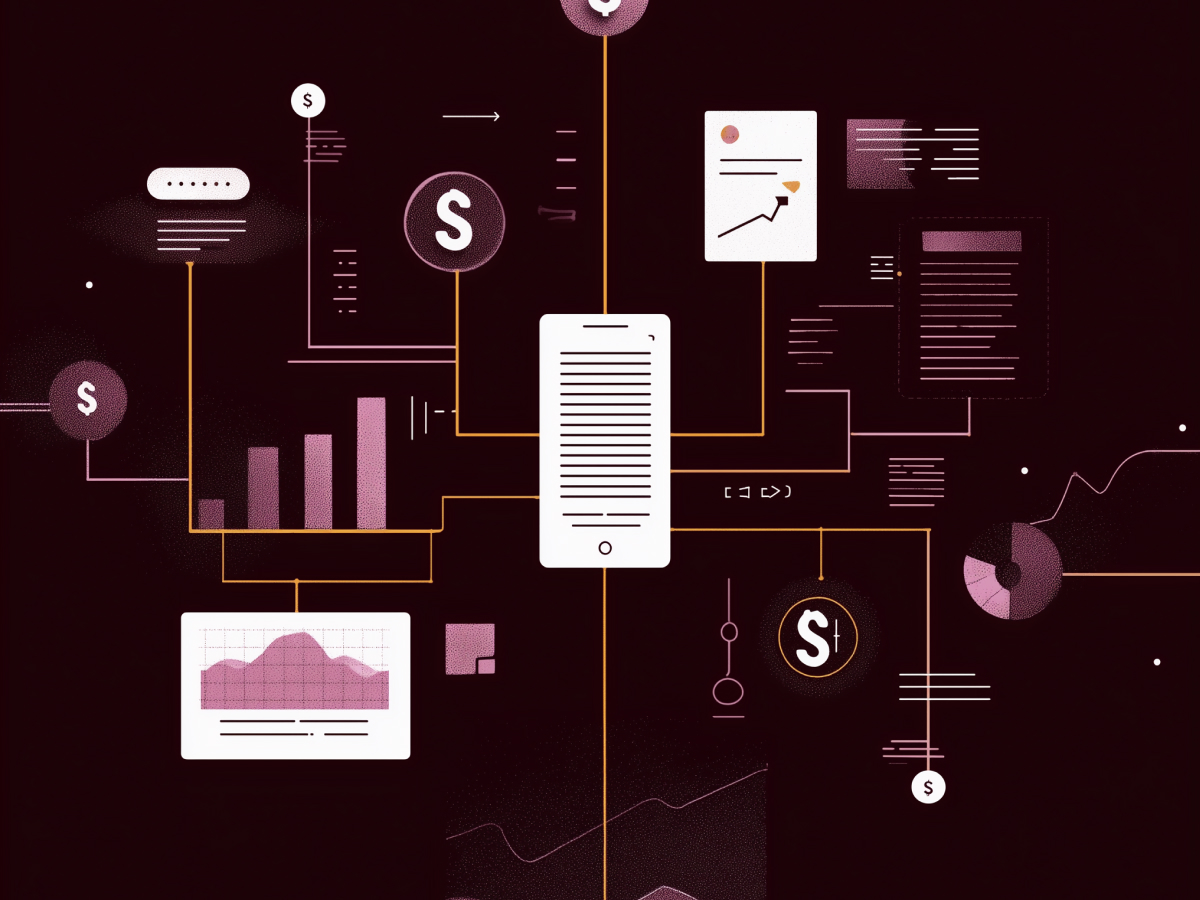Generational gaps are shaping who really uses generative AI at work
According to a Dice survey, 40% of tech workers aged 18 to 24 use generative AI tools like ChatGPT at least once a week. By contrast, nearly 50% of tech professionals aged 55 or older have yet to engage with these tools at all—creating a challenge for organizations looking to adopt AI on a broader scale.
Younger employees are more comfortable experimenting with and integrating new technologies, while older employees may lack familiarity or motivation to use AI in their day-to-day tasks.
Generational gaps can slow down overall adoption and usage of AI within an organization.
If younger employees push for AI-driven changes and older employees resist, the organization faces a fragmented approach, limiting the technology’s potential impact. As enterprises aim to integrate AI across all functions, addressing these differences becomes essential to create a cohesive and productive workplace.
Generative AI isn’t revolutionizing work just yet, and here’s why
Despite its promise, generative AI has not yet greatly transformed most work processes. More than half of technology professionals surveyed report that AI has had only a slight impact on their work—contrasting with the early hype that positioned generative AI as a game-changing tool capable of revolutionizing workflows and productivity across industries.
Several reasons contribute to this limited impact. Many organizations are still in the early stages of AI adoption, focusing on pilot programs and limited use cases rather than broad implementation. Adding to this, varying levels of enthusiasm and comfort with AI across different age groups complicate efforts to fully leverage the technology.
Younger workers may use AI to automate repetitive tasks or generate content, but if their older colleagues do not engage with these tools, the benefits are unevenly distributed and the technology remains underutilized.
A lack of training and upskilling opportunities can prevent employees from understanding how to apply AI tools effectively in their roles. Until organizations bridge these gaps, the full potential of generative AI to boost productivity and innovation will remain unrealized.
How different age groups are feeling the heat from AI’s impact on jobs
Younger professionals, particularly those aged 34 or younger, express more anxiety about AI’s impact on their careers compared to their older counterparts. A February JumpCloud report highlights that younger IT admins are particularly concerned about how AI might change job requirements, replace certain tasks, or even lead to job losses.
Contrastingly, workers aged 45 and older tend to view AI with less concern, possibly because they are closer to retirement or feel their roles are less threatened by technological changes.
Anxiety among younger workers may stem from their awareness of AI’s rapid advancements and the potential for these technologies to automate or greatly alter the nature of their work. For organizations, this presents a challenge in maintaining morale and retaining younger talent who may feel uncertain about their future in an AI-driven world.
Businesses are rethinking hiring and retention strategies to keep up with AI adoption
As enterprises advance their AI adoption strategies, attracting and retaining talent skilled in AI becomes increasingly important. According to a Dice survey, over 80% of HR professionals anticipate a rise in demand for AI specialists within the next six months.
Organizations recognize that their ability to harness AI effectively depends on them having the right talent in place, prompting a shift in hiring and retention strategies to prioritize AI expertise.
To meet this demand, companies are competing for external AI talent and focusing on upskilling their existing workforce—helping address immediate talent shortages while building a sustainable pipeline of internal AI capabilities.
Upskilling initiatives are key as they help employees to grow alongside the technology, improving their value to the organization and establishing a culture of continuous learning.
Companies are racing to upskill their teams to fill the AI talent void
In response to the growing demand for AI professionals, many organizations are investing heavily in upskilling their existing staff. Technology providers provide a range of training programs and free courses to expand the pool of qualified technologists.
For example, professional services firms like PwC have rolled out comprehensive AI adoption plans that include training from the very start, making sure employees have the required skills to manage and leverage AI tools effectively.
Upskilling initiatives are designed to address the risk of talent shortages while empowering current employees to adapt to new technologies. They equip employees with the knowledge and skills needed to use AI tools effectively, improving both individual and organizational performance.
Success of these programs, however, depends heavily on their ability to reach all employees and address different levels of comfort and proficiency with AI.
Getting the people side right is key to making AI adoption work
Dan Priest, Chief AI Officer at PwC US, emphasizes that successful AI adoption depends heavily on getting the “people part” right.
During a CIO Dive virtual event, Priest highlighted that without proper attention to employee training and engagement, even the most substantial AI investments could fail to deliver expected returns. This points to the need for organizations to focus on the technology itself and on the human elements that drive its successful implementation.
Employees must feel confident and competent in using AI tools; otherwise, the technology risks being underused or misapplied. Training programs, clear communication, and leadership support are key to building a workforce that can adapt to and thrive in an AI-driven environment.
The hidden challenges companies face when upskilling for AI skills
While upskilling is a necessary step for bridging the AI talent gap, many organizations face major obstacles in this area. A major challenge is the lack of clarity about the existing levels of AI proficiency among current employees.
Most companies do not have a clear understanding of their staff’s capabilities, making it difficult to design targeted and effective upskilling strategies.
Without a proper assessment, upskilling efforts may be misaligned with actual needs, leading to wasted resources and limited improvements in AI adoption. For effective upskilling, organizations need to evaluate their workforce’s current skill levels, identify gaps, and tailor training programs accordingly.
Accurate assessments will let businesses focus their efforts where they are needed most, for a more effective transition to AI-driven operations.
Why most businesses are clueless about their team’s real AI skills
Most companies do not have systems in place to evaluate the AI proficiency of their workforce, resulting in uncertainty about where to direct upskilling resources. This then creates inefficiencies, as training programs may not target the right employees or address the most critical skill deficiencies.
To address this issue, businesses need to develop robust methods for assessing current AI skills across their workforce. Regular assessments, performance evaluations, and feedback mechanisms can provide the necessary data to inform targeted training programs.
With a clearer understanding of existing skills, organizations can develop more effective upskilling strategies, making sure all employees are equipped to contribute to the company’s AI goals.
Final thoughts
As AI becomes foundational for modern business, one key question stands out: Are you equipped to bridge the generational gap and leverage the full potential of your team? Gathering and leveraging diverse perspectives on AI adoption is a must for them to stay ahead. How will you align your workforce to turn technology into a competitive advantage?




